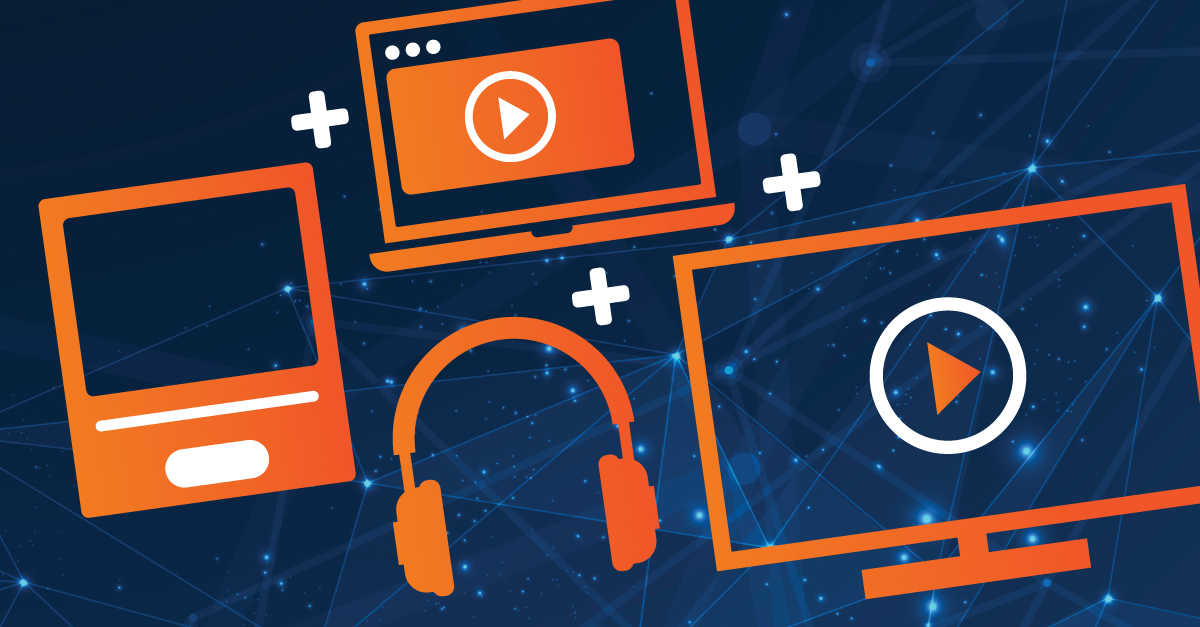
Supply Path Optimization (SPO) is a hot topic right now, and a natural result of digital advertising becoming more and more complex. The demand-side platform (DSP) has long been a vital step to online marketing, and remains so even in an age when DIY digital advertising is technically possible. We agree that trimming down excess fluff is vital in any business, and Genius Monkey is here to show that the DSP is anything but.
What is SPO?
At its core, Supply Path Optimization is the philosophy of removing non-essential processes or steps to place ads in front of consumers. The obvious intent here is cutting out the middleman to try and achieve lower costs: each step taken in the digital ad flow requires time and resources, so limiting workflow to the least number of steps possible makes sense on paper. Efficiency is always a worthy goal, but some proponents of the practice would encourage you to take it too far.
Modern conveniences allow businesses to be much more hands-on with the advertising process, facilitating direct advertising deals and even participating in the ad marketplace themselves. Skipping big steps like this can certainly be monetarily cheaper, but it comes at a hefty price in both branding and long-term efficiency.


Cutting Corners Can Lose You a Lot of Potential Clients
Direct Buyer-to-Seller
The biggest corner you can possibly cut, direct advertising is defined as the business (or advertiser) utilizing practically no middleman at all: you make the creative and you hand it to the consumer. Emails, billboards, fliers, coupons, and more recently social media posts all qualify, and come with inherent limitations:
- Coupons and emails from businesses are largely considered “junk mail”
- Even under the best circumstances, Genius Monkey has seen an average click-through rate of just 7% on emails— not bad, but not enough for building a brand.
- Coupons are usually only redeemed about 1% of the time.
- Billboards are locked to a single location
- Trying to keep up with social media trends will place a huge burden on your team that generally isn’t worth the hassle.
These types of advertisements are handy for local outreach and keeping your brand top-of-mind with former and recent customers. They should not be relied upon for growing or even maintaining a consumer base for your business.
Direct Deals
Advertisers can potentially skip the middle portion of the digital ad flow and go straight to the publisher. This often takes the form of buying specific ad space or screen-time on websites, programs, and television channels. Ideally, you’ll know where your target audience gravitates and can place the ads just as they’re watching and thinking on the subject. It offers a potentially great ROI, and those publishers charging you know it.
Direct deals often involve a lot of negotiation, both on the price and content of your ads. It’s a seller’s market in most cases, so you can expect to pay premium prices to secure a spot. In addition to low leverage, these deals often have little to no targeting added in unless you bring in a third party to layer that on top, which defeats the purpose of going direct to the publisher. Programmatic advertising tends to have a lower cost by comparison, while already layering in unlimited targeting options.


Self-Service Programmatic Platforms
The cheaper prices of a self-serve DSP is understandably tempting, but come with great risk. These entirely-automated platforms are more prone to making mistakes, wasting ad spend on bogus placements and racking up higher costs than you are expecting. Couple this with the minimum ad-spend requirements that most platforms demand, and you can quickly find yourself going over budget before you know what’s happened.
Veteran advertisers understand that programmatic advertising is not a fire-and-forget solution. The complex algorithms that handle ad placement require a deft human hand to make adjustments, ensure quality environments, and otherwise (cough cough) optimize the ad-buying process. For the greatest balance of price, ROI, and efficiency, your best bet is still a solid DSP.


DSPs are More Important than Ever
Genius Monkey – a long-standing Meta-DSP – measures campaign success by calculating the decrease in our user’s cost-per-acquisition. The entire model is to help users reach more people, convert more consumers, and have each one cost less than before; Genius Monkey once lowered a company’s CPA by over $1000! It’s the classic case of quality over quantity; a good DSP offers quality AND quantity if that’s what your business needs!


Header bidding and the prevalence of MFA means the online ad-buying process is getting more complicated every day; modern digital marketing has made it easier to get an ad placed, but harder to be placed well. That takes data, experience, and meaningful human oversight to make adjustments. Skipping the DSP step will only increase your ad spend and inefficiency in the long run.
How to Engage in Healthy SPO
No process is ever 100% perfect; even with a good DSP, there are things that advertisers can do to find the best bespoke path for their needs. While working with your DSP, you can:
-
Expect transparency in where your ads are being placed. Knowing this data is essential to making on-the-fly adjustments and catching mistakes.
-
Stop buying from SSPs that participate in header bidding or reselling; this will lower your costs and make sure you’re not getting worked over for crappy inventory.
-
Look for ad marketplaces that exclusively run second-price auctions; a little savings over a long time make all the difference in the world for your ad-spend budget.
-
Pick your direct deals carefully using consumer data gathered from your programmatic campaigns. If your DSP doesn’t have or isn’t willing to share that data, it’s likely not a very good DSP.
Increasing Efficiency? That’s Genius!
Supply-path optimization will look slightly different for every company, but a streamlined process paves the way for better customer service and improved performance for everybody. If you build based on tried and true data, the returns will come!
The Genius Monkey platform is driven by data from multiple DSPs, databases, and first-party sources, offering you the ability to accurately and efficiently target your ideal audience. Talk to a Genius Monkey team member today to see how we can help your marketing dollars go the distance!




